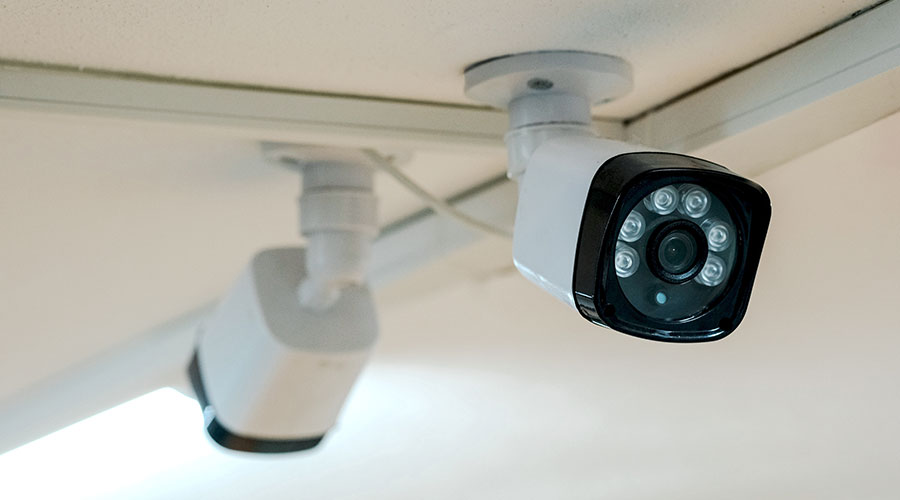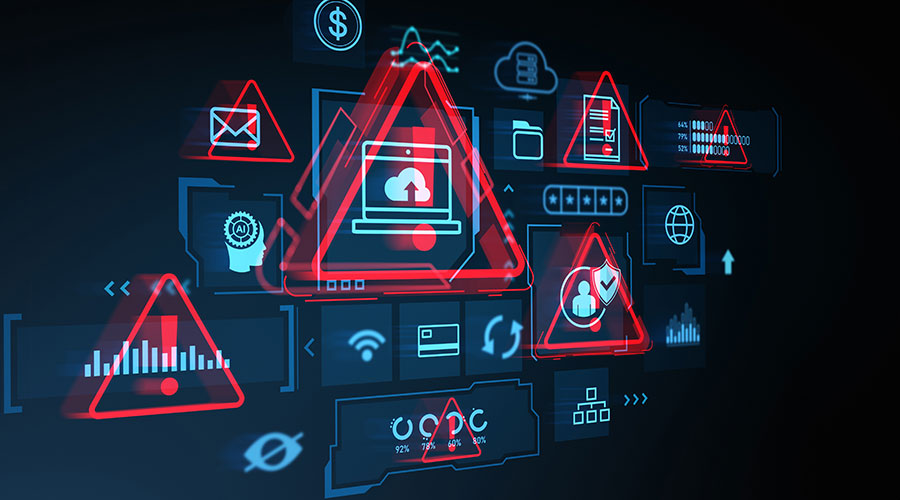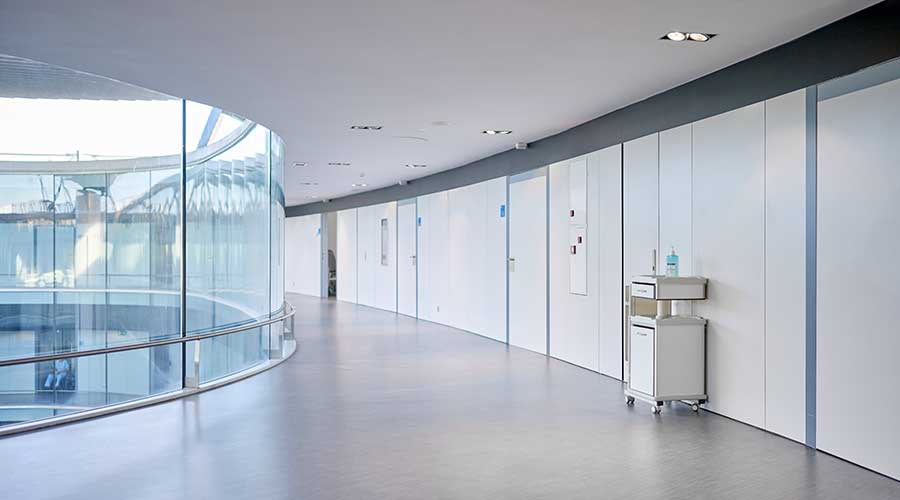Bellingham, Washington police are seeking out a man who fled PeaceHealth Hospital on the night of November 10, according to KOMO News. The Bellingham Police Department has probable cause to arrest Jason John for eluding perusing police vehicles, violation of a domestic violence order and taking a motor vehicle without permission. Police say John may be in the Cornwall area following his departure from the hospital. They are also asking any members of the public to call 911 with any information about his location.
Healthcare facilities can aid police investigations with surveillance footage and by tracking who enters or exits their building through access control technology.
Knowing where to place security cameras is key to using them effectively, however, they can’t be placed just anywhere in a healthcare facility. HIPAA allows for surveillance in publicly accessible areas, including exits and entrances, hallways and waiting rooms, according to Integrated Security Group. These areas usually have the highest levels of foot traffic, making them critical areas to keep an eye on. However, HIPAA doesn’t allow for security cameras to be placed in bathrooms or changing rooms.
Related: 3 Benefits of Access Control Technology in Healthcare
When it comes to patient rooms, though, security cameras aren’t allowed unless there is a specific reason and the patient consents to it, according to Safe and Sound Security. Even then, their use is still subject to privacy regulations
Security cameras can be placed near entrances and exits to help monitor who comes into or leaves a healthcare facility. When these are combined with access controls, it enables healthcare facilities to track the flow of people in and out of their building.
Modern access control systems provide a feature called the “audit trail” which enhances security and accountability in healthcare facilities, Kyle Pfeiffer, industry solutions leader – healthcare at SALTO Systems, previously told Healthcare Facilities Today.
“The audit trail refers to the event logging, storage and retrieval of access data that provides a complete accounting of all interactions at every lock, wall reader or access point on the system,” says Pfeiffer. “This can be used for monitoring or keeping track of users in real-time, but is also a valuable tool for compliance reporting, incident investigation and risk mitigation purposes.”
Jeff Wardon, Jr., is the assistant editor for the facilities market.

 Healthcare Facilities Look to Future-Proof Facilities
Healthcare Facilities Look to Future-Proof Facilities Yale New Haven Health Experiences Data Breach
Yale New Haven Health Experiences Data Breach Rethinking Facilities: A New-Generation Approach to Behavioral Healthcare
Rethinking Facilities: A New-Generation Approach to Behavioral Healthcare ThedaCare to Open Medical Center in Fond du Lac, Wisconsin
ThedaCare to Open Medical Center in Fond du Lac, Wisconsin UF Health Hospitals Rely on Green Globes to Realize Their Full Potential
UF Health Hospitals Rely on Green Globes to Realize Their Full Potential